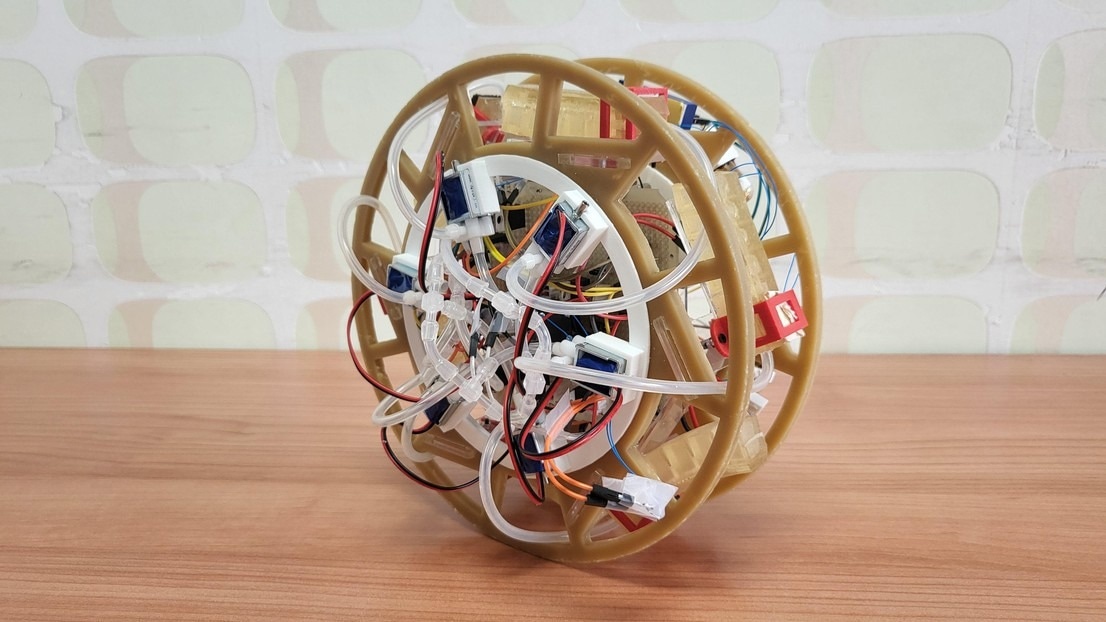
Image Credit: © 2024 EPFL
Food and robots have always been two different worlds: Food is biological, soft, and biodegradable; robots are inorganic, hefty, and not meant to be thrown away. However, current advancements in the field of edible robot development portend favorable outcomes.
To start the RoboFood project, Floreano teamed up with Remko Boom from Wageningen University in the Netherlands, Jonathan Rossiter from the University of Bristol in the UK, and Mario Caironi from the Italian Institute of Technology in 2021. The EU has funded this project with € 3.5 million for four years,
The scientists examined which edible components can be used to create edible robot assemblies and parts, as well as the difficulties involved in producing them.
“We are still figuring out which edible materials work similarly to non-edible ones,” said Floreano.
Gelatine, for instance, can be used in lieu of rubber; rice cookies are similar to foam; robots can be protected from damp surroundings with a chocolate covering; and commercial glues can be mimicked by combining starch and tannin.
Robotic component parts are made of these and other edible materials.
“There is a lot of research on single edible components like actuators, sensors, and batteries,” says Bokeon Kwak, a postdoc in the group of Floreano and one of the authors.
In 2017, EPFL scientists succeeded in creating an edible gripper, a gelatine contraption that could hold an apple and then be consumed. New conductive ink developed by EPFL, IIT, and the University of Bristol can be sprayed on food to detect its growth.
Haribo gummy bears are utilized as a binder, and activated carbon is employed as a conductor in the ink. Other sensors detect light, bending, and pH. Using riboflavin (vitamin B2) and quercetin (found in almonds and capers) in the battery poles, together with activated carbon to aid in electron transfer and nori seaweed (used to wrap sushi) to prevent short circuits, IIT researchers created the first rechargeable edible battery in 2023.
The objective is to create robots that are completely edible once the components are available. Thus far, researchers have managed to put together robotic devices that are somewhat edible.
In 2022, Wageningen University and EPFL scientists created a drone with wings using rice cookies and gelatin glue. Researchers at EPFL and IIT have developed a rolling robot that is largely edible, with an edible tilt sensor and pneumatic gelatine legs.
Researchers must overcome several obstacles before formulating the recipe for completely edible robots. One is the lack of understanding of how processed food is perceived by animals and people, leading to their reactive and independent behavior. Creating edible electronics that process information using transistors is also still challenging.
But the biggest technical challenge is putting together the parts that use electricity to function, like batteries and sensors, with those that use fluids and pressure to move, like actuators.
Bokeon Kwak, Postdoc and Study Co-Author, EPFL
After integrating all components, scientists need to miniaturize them, increase the shelf life of robotic food, and impart a pleasant taste to the robots.
Journal Reference:
Floreano, D., et al. (2024) Towards edible robots and robotic food. Nature Reviews. Materials. doi.org/10.1038/s41578-024-00688-9